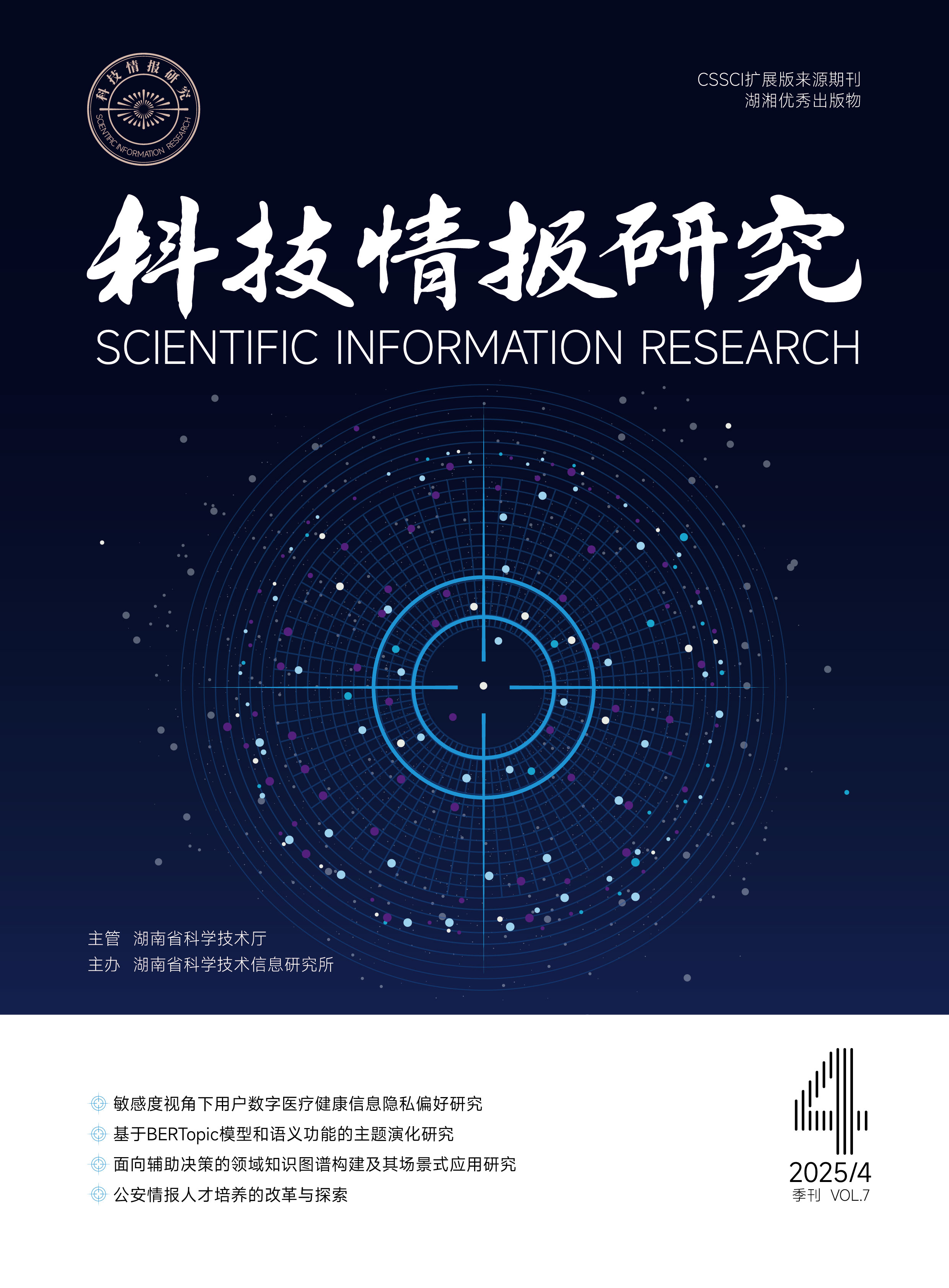ZHOU Haichen, ZHANG Chengzhi, XU Shuo, MAO Jin, BA Zhichao, ZHANG Yingyi
[Purpose/significance]In December 2024, the 7th Chengdu Conference on Scientometrics & Evaluation was held in Chengdu. This article was conducted to summarize the salon on Full-text Bibliometric analysis of the forum, and reveal the research status and development trends of full-text bibliometric from the perspective of knowledge innovation, providing inspiration for future. [Method/process]The article systematically summarizes and analyzes the presentations and discussions from the salon, exploring the theoretical foundation, application scenarios, and discussions of full-text bibliometric from the perspective of knowledge innovation. [Results/conclusion]Full-text Bibliometric can reveal the micro-processes and underlying mechanisms of knowledge innovation, offering new insights and methods for related research. Its applications in technological evolution and industry-academia integration, scientific data warehouse evaluation, policy text analysis and intelligent computing, as well as entity relationship extraction in academic papers, demonstrate its vast potential in promoting academic research, optimizing policy-making, and driving knowledge innovation. However, the integration of full-text bibliometric analysis with large language models, open science, and research integrity presents numerous challenges.
